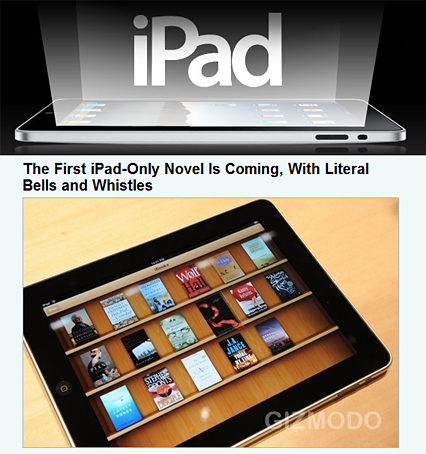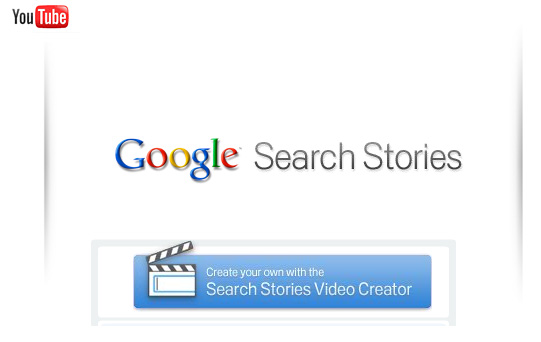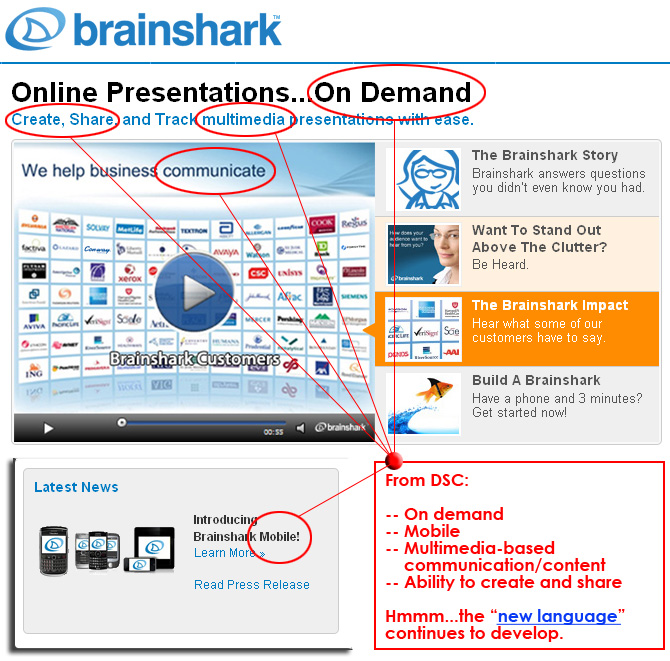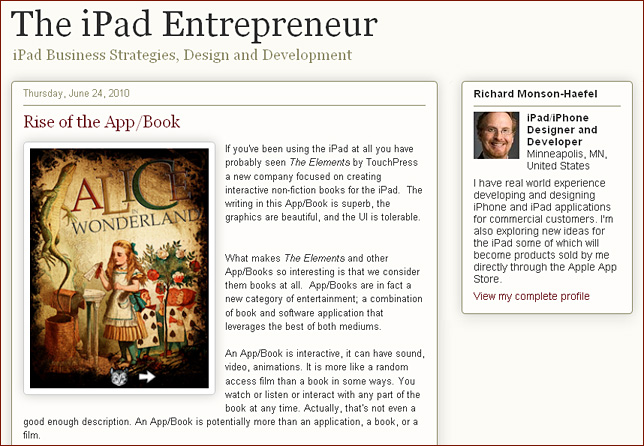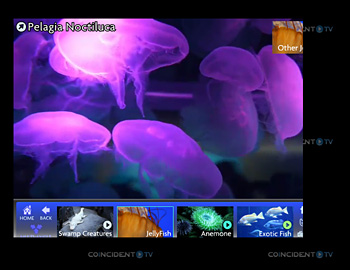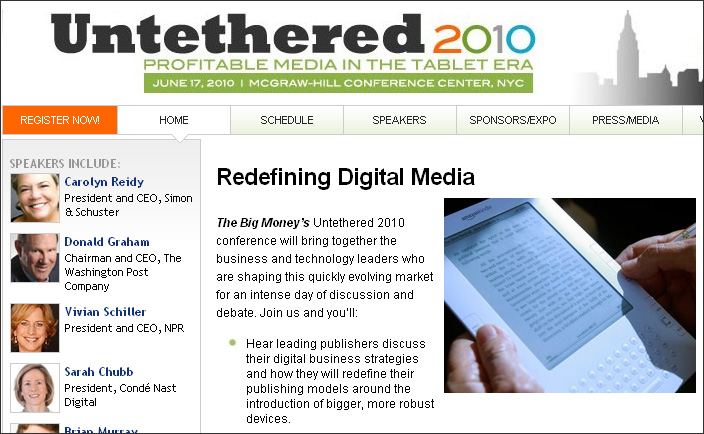Zinio, NACS Media Solutions Partner to Create First Collegiate Digital Newsstand — from prnewswire.com
Newsstand will offer 3,000-plus digital magazines and books of interest to college students through web portal. Options available for college stores across U.S. who wish to share in revenue.
NEW YORK and OBERLIN, Ohio, July 12 /PRNewswire/ — Zinio, the world’s leader in digital publishing, technology, distribution, and services, and NACS Media Solutions (NMS), a subsidiary of the National Association of College Stores (NACS), today announced a partnership to develop the first all-digital online newsstand directed specifically at the college market. Featuring 3,000-plus magazines and books suitable for reading through Zinio’s UNITY™ platform, which enables on-line or offline access on any PC, iPhone, iPad, and upcoming supported devices, the newsstand will break new ground by taking the world of reading to the platforms most popular with the Digital Generation.
The new collegiate digital newsstand, which will carry “Powered by Zinio” branding, will include a revenue-sharing arrangement for NACS members who wish to promote the site to their local college students. At a future point, Zinio and NMS anticipate developing private-label versions for NACS members who decide to deploy and promote their own digital newsstands.
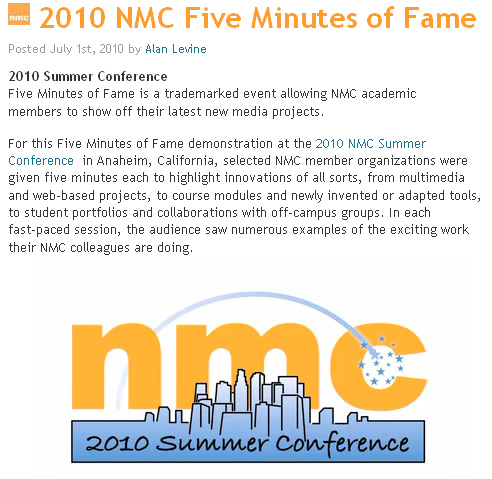 This year’s presentations included:
This year’s presentations included:
- Articulating Assessment: Digital Storytelling for Digital Work
Virginia Kuhn, University of Southern California - How IT Rescued a $100,000 No Budget Project
Lou Rera, Buffalo State College - Kindling Students – HCC’s eBook Classroom Project
Lorah Gough, Houston Community College System; Laurel Lacroix, Houston Community College System - Partnering for a 21st Century Education
Holly Ludgate, Full Sail University; Sharyn Gabriel, Orange County Public Schools; Kathy Craven, Full Sail University; Michael Cardwell, Full Sail University - Plasma Playground: Innovative Ideas for Training Students Techs
Helmut Baer, Dartmouth College - Timelines Tell All! Peasants and Revolutionaries Don’t Always Agree
Molly Ruggles, Massachusetts Institute of Technology - Touchless Interactive Art in the Personal Computer
Seiji Ikeda, University of Texas, Arlington; Collin Hover, University of Texas, Arlington - Using Voice Tools with Students in Online Courses
Gail Krovitz, Pearson Learning - Which Castle is That? Geotagging as a Tool for Research and Scholarship
Jared Bendis, Case Western Reserve University
Innovation: Smarter books aim to win back the kids — NewScientist.com

“Children’s love affair with traditional books could continue in the
digital age by augmenting the written word with 3D interactive graphics.”
App/Books are in fact a new category of entertainment; a combination of book and software application that leverages the best of both mediums. An App/Book is interactive, it can have sound, video, animations. It is more like a random access film than a book in some ways. You watch or listen or interact with any part of the book at any time. Actually, that’s not even a good enough description. An App/Book is potentially more than an application, a book, or a film.
Coincident TV (CTV) is transforming the way interactive video content is created, consumed and monetized. Coincident TV enables immersive “hypervideo” experiences – the real-time integration of online video with social media, weblinks and transactions. The Coincident TV software suite allows content creators and distributors to easily design, manage and measure interactive video engagements across all digital platforms, including both HTML5 and Flash.
Example:
Hyper Aquarium Demo [Learn about interactive video with an explanation of our aquarium demo]
From DSC:
Again, think of the possibilities here for education…especially on a wall-sized, iPad-like, interactive, multi-touch chalkboard!
Adobe Flash Player 10.1 arrives — from webmonkey by Michael Calore
After spending many months on development and beta testing, Adobe has released the latest version of its Flash Player.
You can download Flash Player 10.1 for Mac, Windows and Linux at Adobe’s website. You’ll need to shut down all of your browsers while it installs. There’s a version of Flash Player 10.1 coming for Android, but it won’t be ready until later this summer. A beta version is available in the Android Marketplace if you want to test it out.
This release is significant for a number of reasons…
The transformation of textbook publishing in the Digital Age — new business models — from Xplana by Rob Reynolds
Introduction
In April, we published a report on Digital Textbook Sales in U.S. Higher Education, in which we outlined sales for e-textbooks over the next five years based on current trends and variables. This series — The Transformation of Textbook Publishing in the Digital Age — provides an in-depth look at textbook publishing in Higher Education, and offers a roadmap for evolution and profitability in the industry. In this first installment, we will discuss New Business Models. In subsequent installments, we will explore New Product Models, New Authoring Models, and New Production Workflows.
My goal with this series is neither to extol nor criticize the textbook industry, but rather to provide an understanding of the business as it exists today, and to offer a digital success strategy for the companies that comprise that industry. By doing so, I hope to lay the groundwork for our subsequent summer series on The Transformation of Learning Systems, and The Transformation of Learning Content.
Strategies for New Business Models for a Digital Age
The majority of this post has been about existing practices and product/business models in the textbook publishing world. These practices and models are based on a print-centric paradigm that will be outdated within three years, and are also the result of old assumptions about Higher Education and learning in general.
While the path to digital transformation will be unique for the different publishing companies, there are some constants that will be part of any successful plan for Higher Education learning content in the coming years. The surface chatter will continue to be about e-textbooks — reaching 18%-20% of the new textbook market by 2014 — but the strategies that drive success will all take the following elements into consideration.
- The Disaggregation of Content — Future profitability will be incumbent on publishers’ ability to conceive of and produce meaningful content at a more granular level and disaggregated from the notions of textbooks. It is not that they should produce less or different content, necessarily, but rather that content must become agile, malleable, and designed to be mashed up easily by customers — institutions, instructors, and students. This means thinking at the key concept or learning objective level. It also means arriving at new revenue streams that are also disassociated from textbooks and ISBNs.
- A Focus on Lifelong Learning — New estimates have social media sites accounting for two-thirds of U.S. Web traffic withing five years. This growth and dominance is related to a sense of personal connectedness and long-term residence that users associate with such sites. Textbook publishers must find ways to move past outdated notions of students and instructors bound within narrow windows of consumer opportunity, and learn to embrace lifelong learning and see every adult citizen as a potential customer.
- Embracing Self-Publishing — In the new world order of business in publishing, self-publishing will be a primary avenue for partnership and revenue. And unlike the stigma associated with self-publishing in trade fiction, the educational content market already recognizes self-published content as valuable and embraces it. In the future, textbook publishers should plan on abandoning much of their current content authoring model in favor of aggressive self-publishing services. This will lead to broader partnerships throughout the educational community as well as to more sustainable models for revenue.
- Partner with Open Content — Make no mistake about it. Open content and open educational resources (OERs) will become leading alternatives to proprietary textbooks for at least 25% of the Higher Education market within five years. There are many services than can be offered around OERs and there is great value in mapping OERs to existing publisher content. Textbook publishers must take advantage of this opportunity to make their content and services more relevant, or they will see the value of their businesses diminish.
In next week’s installment, I will discuss specific new product models that textbook publishers will need to embrace in order to remain competitive in the coming years.
From DSC:
Below is a great book that I highly recommend for instructional designers, multimedia developers, and any teacher or professor who is putting materials online. Check it out — especially the chapters on cognitive load theory.
e-Learning and the Science of Instruction: Proven Guidelines for Consumers and Designers of Multimedia Learning — Dr. Ruth Clark




Ira Glass on the building blocks of storytelling — from Common Craft
Quote from Lee LeFever:
We’re big fans of Ira Glass and the This American Life radio show/podcast. We listen to every show on the podcast and there are few broadcast storytellers that I respect more. Via an older post on the Explainist blog, I found these videos of him describing the process of researching and crafting stories from back in 2006. He names two building blocks of storytelling and how they work together. Really great perspectives that you can hear in every story he tells.










